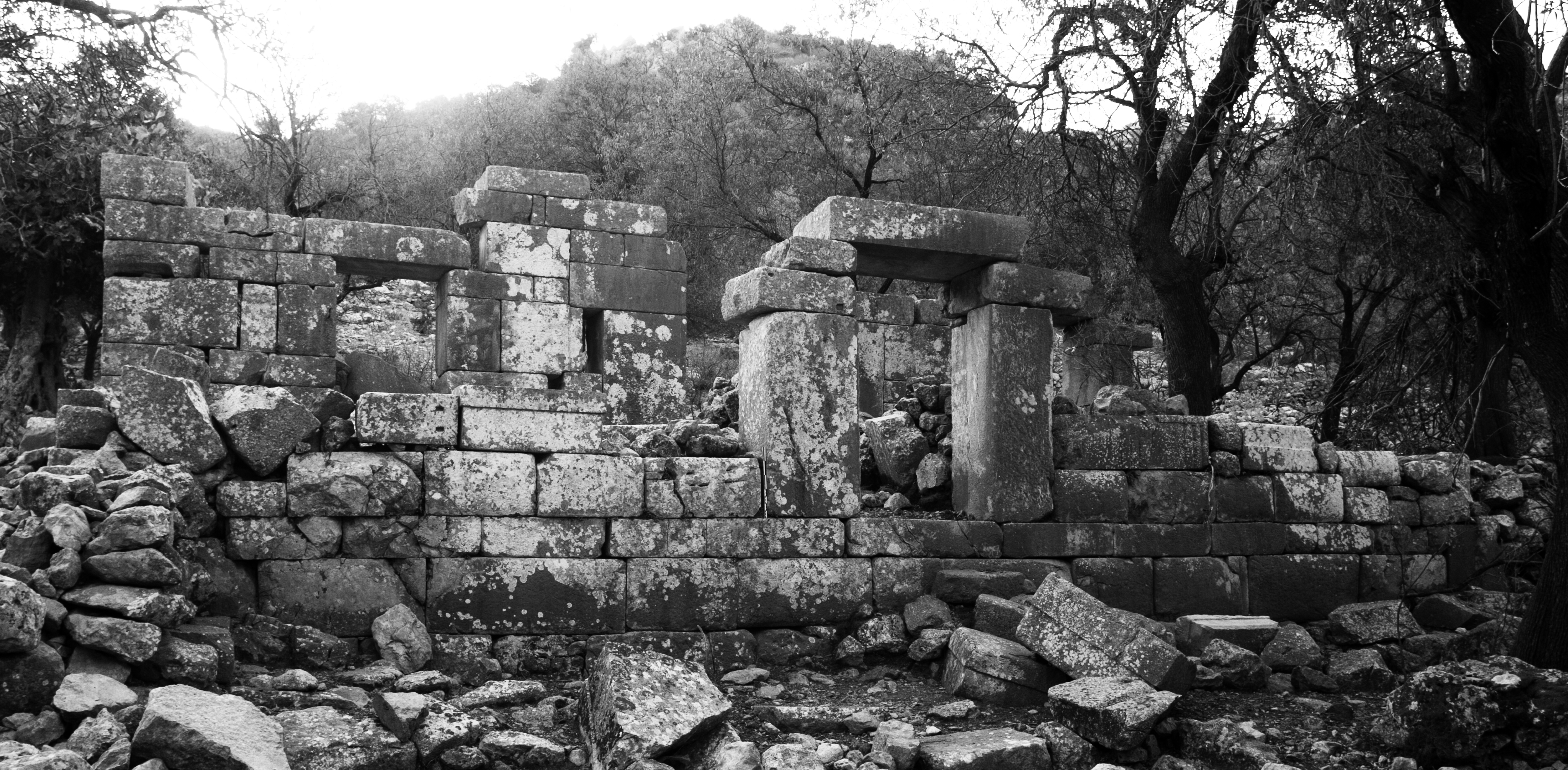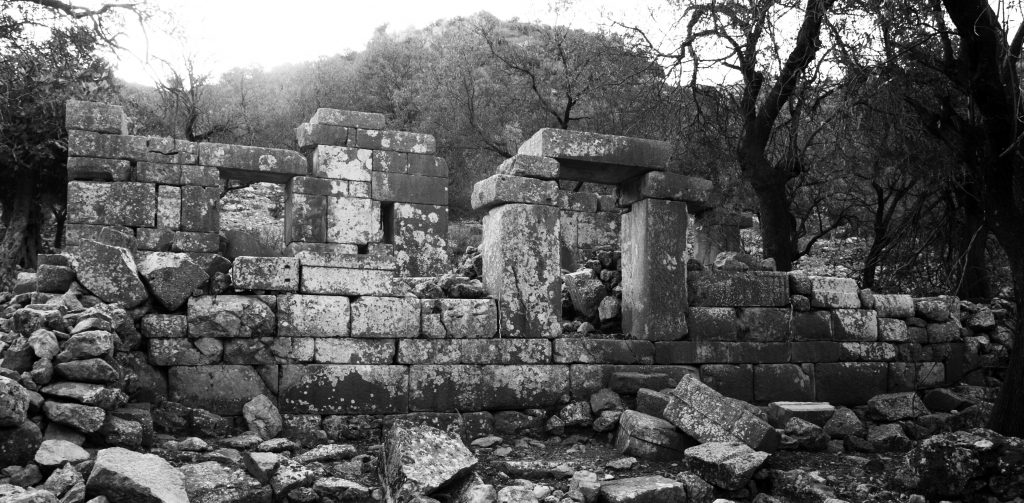Fieldwork


Location: C2Q23222+F2
Season: August 27, 2024 to September 27, 2024
Session Dates: July and August
Application Deadline: December 1, 2026
Deadline Type: Contact for Details
Website: http://www.phoenixprojesi.com
Program Type:
Field School, Volunteer
RPA Certified:
No
Affiliation:
The University of Pennsylvania
Project Director:
Dr. Asil Yaman, Director; and Assoc. Prof. Koray Konuk, Deputy Director, Bordeaux Ausonius Institute
Project Description:
Phoenix Archaeological Project (PAP) is an interdisciplinary and multinational co-operative excavation and survey project directing by Dr. Asil Yaman. It is designed to identify and document the tangible and intangible cultural heritage and re-image the settlement pattern and land use from antiquity through the modern period.
PAP aims to develop long-range multidisciplinary sub-projects and collaborate with various areas such as Geoarchaeology, Architecture, Archaeoseismology, Ecology, Anthropology, Archaeometry, Sociology, and History to document and investigate the iconic landscape of Bozburun Peninsula.
The southwestern part of the Bozburun peninsula is targeted because of the lack of systematic investigations. The region is entirely open to illicit excavations and looting of artifacts. The cultural and natural heritage in the southwestern part of the peninsula is heavily threatening by urban and agricultural expansion and changing the landscape visually, endangering its biodiversity. It is believed that the multidisciplinary and new generation approaches will advance awareness, education, fieldwork, preservation, publication, and research of archaeological remains and cultural heritage in Phoenix and its territory.
Along with the scientific purposes of PAP, there will be public programs designed for local people at Taşlıca and Söğüt. Social responsibility sub-projects like educating the children who live in poverty in the area will help protect the multi-scaled landscape and heritage in the future.
The contemporary art program consists the other public program named ‘Upper City’ encourages people to take a collaborative and multidisciplinary approach to artmaking and research-led creative practice. Our primary goal in this project is to bring artists and the archaeologist together and allow them both independently and collaboratively to reflect the meanings of the material and visual culture, arts, and heritage in different ways. Pyscho geographic tours that the artists will conduct will hint at them to visualize the past. And to observe the transformation or the metamorphosis of the ancient Phoenix and its two-thousand-year-old stories. We truly believe that the link between contemporary art practice and archaeological study will turn over a new leaf in the 21st century.
WHO WE ARE?
We are a group of scientists and volunteers who came together from various countries and institutions around the motto of ‘archaeology for everyone.’ We dreamed of a sustainable, new generation scientific project in Phoenix and working hard to make it real.
WHAT IS PAP?
The Phoenix Archaeological Project (PAP) is an interdisciplinary and multinational co-operative survey and excavation project conducting in ancient Phoenix. The project is started in 2021 with the official permission of the Ministry of Culture of Turkey, and it is directing by Dr. Asil Yaman.
PAP is designed to identify and document the tangible and intangible cultural heritage and re-image the settlement pattern and land use from antiquity through the modern period at Phoenix. For these purposes, PAP is developing long-range multi-disciplinary sub-projects and collaborate with various areas such as Geoarchaeology, Architecture, Archaeoseismology, Ecology, Anthropology, Archaeometry, Sociology, and History.
PAP is also developing social responsibility and education programs in the peninsula with non-profit organizations as the Mide Lobisi Association.
WHERE?
The center of the ancient Phoenix is located 4 km South of Taşlıca village in the southwestern part of the Bozburun Peninsula, Marmaris (Turkey). Hisartepe consists of the fortified acropolis of the city, and the core of the settlement measures approximately 2.5 hectares. The top of the acropolis rises 250 meters above the Sindili plain and the lower town of the Phoenix.
The Apollo sanctuary and an early Byzantine basilica are situated 500 meters North of the acropolis and connected by an ancient road in the North and South. The necropolis of the Phoenix covers the northern and southern sides of the acropolis, and the stepped-base funerary monuments still visible on site. The ancient agricultural terraces around the Sindili plain complete the historical landscape that shows us the production scales of the site through the ages. The preliminary observations refer that the Serçe and Gedik bay in the Southern part of the Sindili Plain served as the ancient harbors of the Phoenix.
WHEN?
Phoenix Archaeological Project (PAP) is started in 2021 with Turkey’s Ministry of Culture’s official permission. The field surveys and excavations in Phoenix and its environs are planned to continue until 2026 between August and October every year.
HOW?
PAP will practice the traditional methods of systematic, intensive field survey and historical research, and it will integrate it with other disciplines as geophysics, ecology, anthropology, sociology, and history. All data sets from the sub-projects will combine in a web-based digital interface. The data entry will continue during the off-season period by our archivists.
PAP will use Real-Time Kinematic (RTK) and Global Navigation Satellite Systems (GNSS) for creating 3D site mapping and architectural documentation. Unmanned Aerial Vehicles (UAV) will support those systems to combine data gathered from the field. The technological approaches will reduce the costs and the duration with no doubt. Moreover, we will have real-time information without any defects.
We believe that the new generation approaches will enrich our knowledge to shed light on the land use, burial customs, religious practices, society, economy, water management, and agricultural production scale of the city during antiquity.
The research agenda of PAP is divided into two main phases. In the first phase, the PAP team will document the tangible and intangible cultural heritage at Phoenix. The second phase of the field works includes sociology, anthropology, rural architecture, archaeoseismology, geophysical prospecting, ecology studies, social responsibility, and contemporary art programs. Those programs will conduct simultaneously during the fieldwork.
Period(s) of Occupation: Iron Age, Medieval Period
Project Size: 25-49 participants
Minimum Length of Stay for Volunteers: 14 Days
Minimum Age: 20
Experience Required: No experience required.
Room and Board Arrangements:
We will be staying in Taşlıca village (2 km from the site), a small-size community, with a population of approximately 540 people. For accommodations; we will be staying in the Phoenix Archaeological Research Center (PARC). Each room in the center will have 4 beds. The rooms are mostly air conditioned and have shared bathrooms and showers. There are washing machines available and wifi throughout the building. Breakfasts, lunches and dinners are offered in the PARC. The project has one cook on staff.
Dr. Asil Yaman
asil.yaman@villanova.edu
Philadelphia
PA
19072
United States
Phone: (215) 518-6760
The AIA is North America's largest and oldest nonprofit organization dedicated to archaeology. The Institute advances awareness, education, fieldwork, preservation, publication, and research of archaeological sites and cultural heritage throughout the world. Your contribution makes a difference.